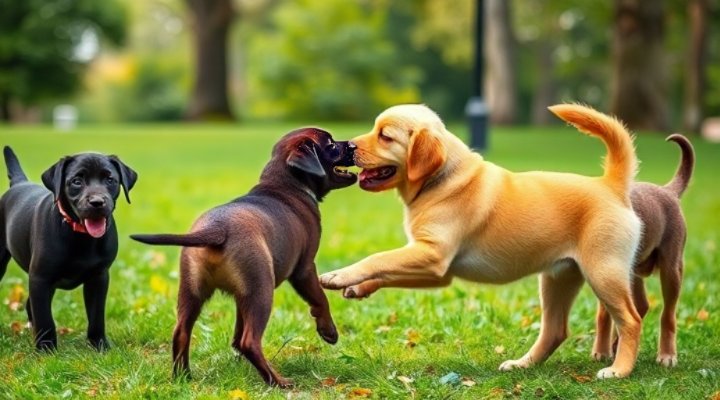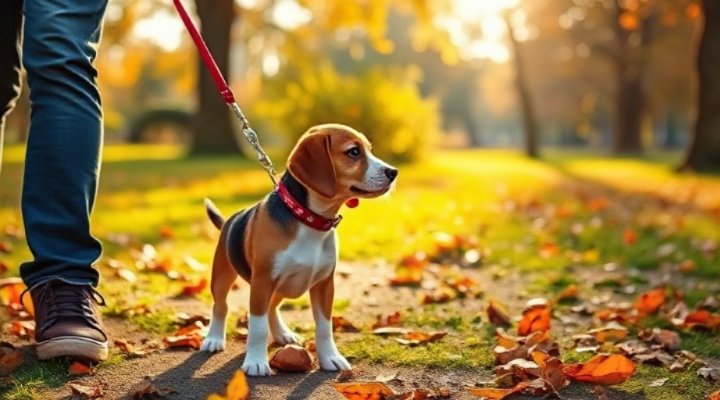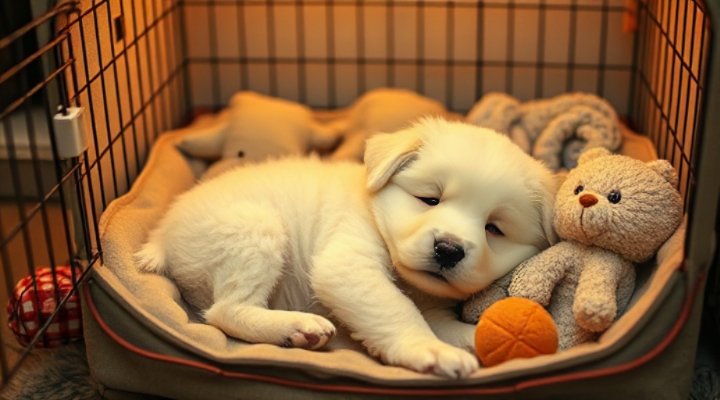Bringing home a new puppy is an exciting adventure, but it also comes with the responsibility of proper training. These puppy training tips will help you lay the foundation for a well-behaved adult dog. Remember, the key to success is consistency, patience, and plenty of positive reinforcement.

1. Start Socialization Early
Socialization is one of the most crucial puppy training tips you’ll ever receive. Between 3 and 14 weeks of age, puppies are most receptive to new experiences. Introduce your pup to various people, animals, sounds, and environments during this critical period. For more on this important topic, check out our guide on crate training which complements socialization well.
The American Veterinary Society of Animal Behavior recommends positive socialization experiences during this window to prevent fear and aggression later in life. Take your puppy to different locations – parks, pet-friendly stores, and quiet streets. Let them meet people of all ages and appearances.

2. Use Positive Reinforcement
Positive reinforcement is the gold standard in modern puppy training. This means rewarding desired behaviors with treats, praise, or play, while ignoring or redirecting unwanted behaviors. Studies from the American Kennel Club show that reward-based training creates happier, more confident dogs.
Keep training sessions short (5-10 minutes) and fun. Use high-value treats initially, then gradually phase them out as the behavior becomes consistent. Remember to praise enthusiastically – your puppy lives to please you!
Basic Commands to Start With:
- Sit
- Stay
- Come
- Leave it
- Down

3. Establish a Routine
Puppies thrive on predictability. Create a consistent schedule for meals, potty breaks, playtime, and naps. This helps with house training and prevents anxiety. Our article on online puppy training offers great tips for maintaining consistency.
A typical schedule might include:
- Morning potty break immediately upon waking
- Breakfast followed by another potty break
- Short training session
- Playtime
- Morning nap
- Repeat throughout the day
4. Master House Training
House training is often the most challenging aspect of puppy training, but these tips will help:
- Take your puppy out frequently – after waking, eating, playing, and every 1-2 hours otherwise
- Choose a designated potty spot and use a consistent command
- Praise and treat immediately after they eliminate in the right spot
- Never punish accidents – simply clean thoroughly with enzymatic cleaner

5. Teach Proper Leash Manners
Start leash training early to prevent pulling habits. Begin indoors with just the collar/harness, then add the leash. Reward your puppy for walking beside you without pulling. If they pull, stop walking until the leash relaxes.
For more advanced techniques, our guide on leash training a puppy provides step-by-step instructions. Remember, patience is key – most puppies don’t master loose-leash walking until 6-12 months old.
6. Implement Crate Training
A crate provides your puppy with a safe den and aids in house training. Introduce the crate gradually, making it a positive space with treats and toys. Never use the crate for punishment. For comprehensive guidance, see our puppy crate guide.

7. Manage Chewing and Teething
Puppies explore the world with their mouths and need to chew during teething. Provide appropriate chew toys and puppy-proof your home. Redirect inappropriate chewing to approved items. Frozen washcloths can soothe sore gums.
8. Build Confidence Through Training
Beyond basic obedience, engage your puppy’s mind with fun tricks and games. This strengthens your bond and builds confidence. Consider enrolling in puppy training classes for professional guidance and socialization opportunities.
Remember, every puppy learns at their own pace. Stay patient, consistent, and positive. With these puppy training tips, you’re well on your way to raising a wonderful canine companion!
Related Keywords:
puppy training, dog training, puppy socialization, positive reinforcement, basic obedience, house training, puppy behavior, dog obedience
